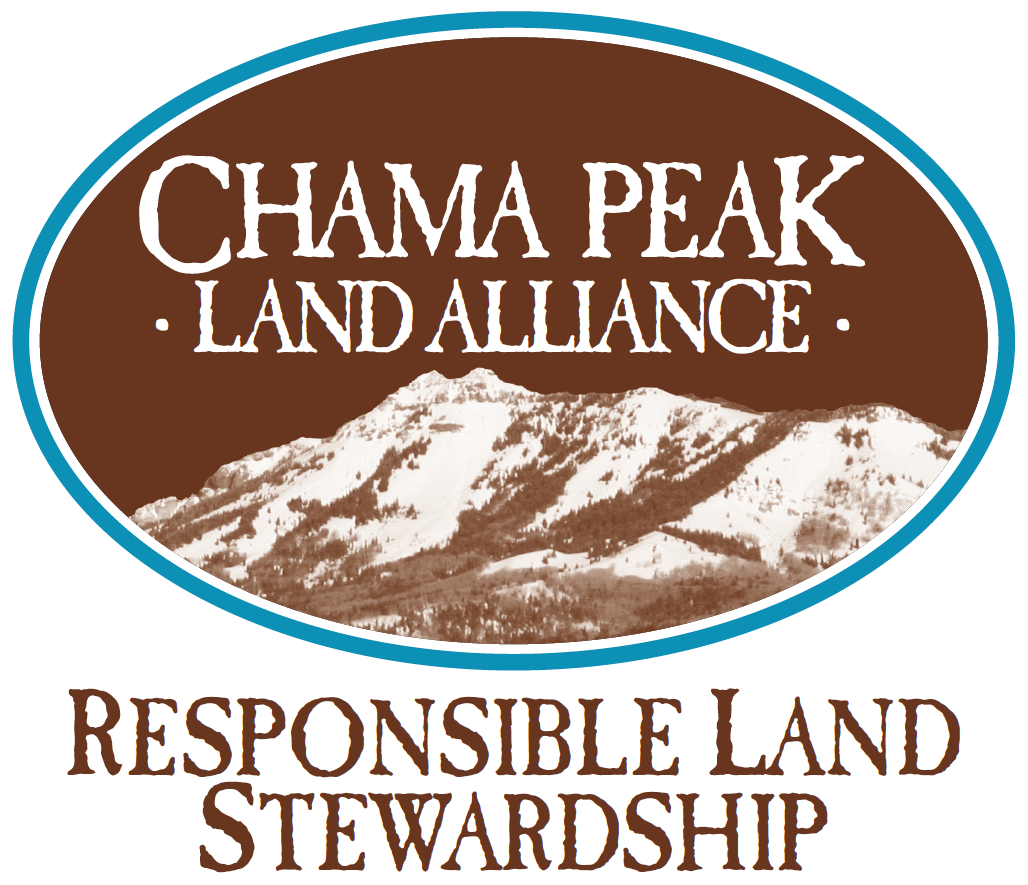CLIMATE AND WATER
Climate change is altering weather patterns in New Mexico, with shifting weather systems, altered precipitation patterns affecting water availability, and changing temperatures. Climate models indicate that the southwestern United States can expect warmer and drier conditions, on average, in the coming decades, calling into question the long-term viability of already scarce resources, especially water. New Mexico is the sixth-fastest-warming state, according to a 2016 report by the Union of Concerned Scientists, with average temperatures having increased by about 1.5 degrees over the last decade. Rising temperatures and shifting precipitation patterns foretell a reduced winter snowpack, with moisture coming as rain instead of snow, resulting in reduced spring runoff and soil moisture. These deficits could further strain water supplies already stretched to meet the demands of agriculture, industry, and municipalities.
As private landowners, Alliance members "have a vested interest in helping develop the science and framework for prioritizing on-the-ground work that supports the resiliency of key conservation targets--agriculture, forestry, fish, and wildlife. To this end, communication between landowners, who closely observe changes on the land, and scientists, who have tools to integrate local observations into analyses and project future conditions, is critical. The Alliance is building on past work and regional climate change information to partner with stakeholders to further assess climate vulnerabilities, develop adaptation strategies, and accomplish on-the-ground projects that increase the resiliency of the land and its communities (Fyke and Olson)."
Read the report 21st Century Climate Change Over the Chama Peak Land Alliance Region, by Jeremy Fyke and Emily Olson
Read Confronting Climate Change in New Mexico, by the Union of Concerned Scientists
The Alliance is also a key partner in the San Juan-Chama Watershed Partnership, a community-based partnership that is working to increase the resiliency and ecosystem health of the watershed by working collaboratively across boundaries.
CURRENT AND RECENT PROJECTS
RESTORATION FOR RESILIENCY
The stewardship and restoration projects conducted on private and public lands in the Alliance region are helping to build resiliency to a changing climate. Healthy forests and watersheds that have functioning disturbance regimes with diverse and abundant plant and wildlife species are more resilient to a shifting climate, as well as other impacts such as wildfire, flooding, and human activity.
The Alliance is working with private landowners to identify, design, and implement restoration and enhancement projects that improve wildlife habitat, forest health, stream and riparian conditions, and simultaneously make these systems more resistant to the impact of climate change--less water, warmer temperatures, and unseasonable weather extremes. Read about our Forest and Watershed Health and Wildlife and Fisheries projects for more details.
Restoration work on the Navajo River to stabilize banks and improve stream habitat. The channel of the Navajo River was strongly affected by loss of water volume downstream of the Oso Diversion, a Bureau of Reclamation project that moves water from San Juan river tributaries under the Continental Divide into the Rio Chama and hence the Rio Grande basins.
CLIMATE CHANGE MODELING
A recent climate change model conducted by Dr. Jeremy Fyke of Cairn Climate Consulting and Los Alamos National Laboratory for the region indicates that expected trends include warmer temperatures resulting in more precipitation falling as rain rather than snow, an increase in frost free days, and a much higher climatic moisture deficit that could result in tree mortality, especially at higher elevations.
Using the outputs of this climate change model, we expect to see a change in ecosystem structure and function through variances in vegetative growth especially at higher elevations. This information will be taken into consideration through forest treatment design, including re-seeding and re-planting of “native” vegetation that reflects the warming and drying trends that will be seen in the next 20-100 years. Dr. Fyke’s continued technical advisement on future forest resiliency work will form an innovative and science-based aspect to inform forest management/resiliency treatments, and assist with other resiliency-enhancing practices employed throughout this effort.
Click here for a presentation given on September 2, 2016 at the High Country Restaurant in Chama.



